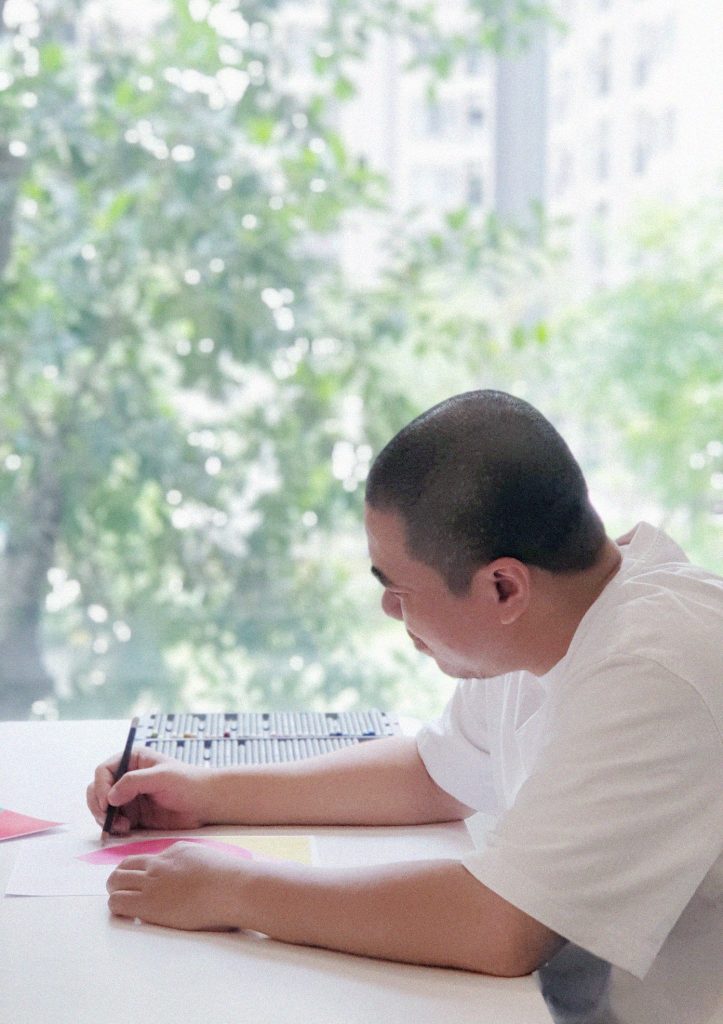
I love geometry and structural mechanics. I spent nearly 15 years working with them in the construction industry before beginning to explore the art of geometry in 2013.
That period of work gave me a special understanding and attachment to structural forms. Whenever I observe architectural structures, I find myself more drawn to imagining how the underlying structure functions than to evaluating the external finished form.
For the objects around us to exist in a durable, stiff, and stable state, their structural systems must meet essential criteria: withstand calculated loads; not exceed the limits of tensile, compressive, bending, and shear forces; not exceed acceptable thresholds for settlement, deflection, tilt, and displacement; and maintain geometric stability while shaping the structural configuration.
Under such demanding conditions, structural elements must labor continuously and silently – from the formation of the object to the end of its life cycle. That quiet labor, though vital to geometric stability, remains hidden beneath the finished shell – unseen, unrecognized, and largely unknown.
With a particular interest in this phenomenon, I wish for others to perceive and access the labor of structural elements through art, in order to sense their inherent beauty.
I create my work through a computer-assisted method of approximate simulation, which expresses the life cycle of structures through three states: primitive, deformed, and completely broken.
The elements participating in the simulated structure are assumed to possess specific geometries and connections. They are then subjected to internal and external forces, causing deformations that gradually lead to a state of ultimate failure. For each resulting model, I add sectional cuts – “technical windows” – that allow observation of the inner structure.
Visual records generated throughout the structure’s life cycle are synthesized, selected, reduced, and refined using mathematical knowledge, in order to preserve essential and characteristic sections with compositional value.
The final outcome – the artwork – is no longer a physical simulation of the three structural states, but an aesthetic interpretation of silent structural labor, expressed through geometric art.